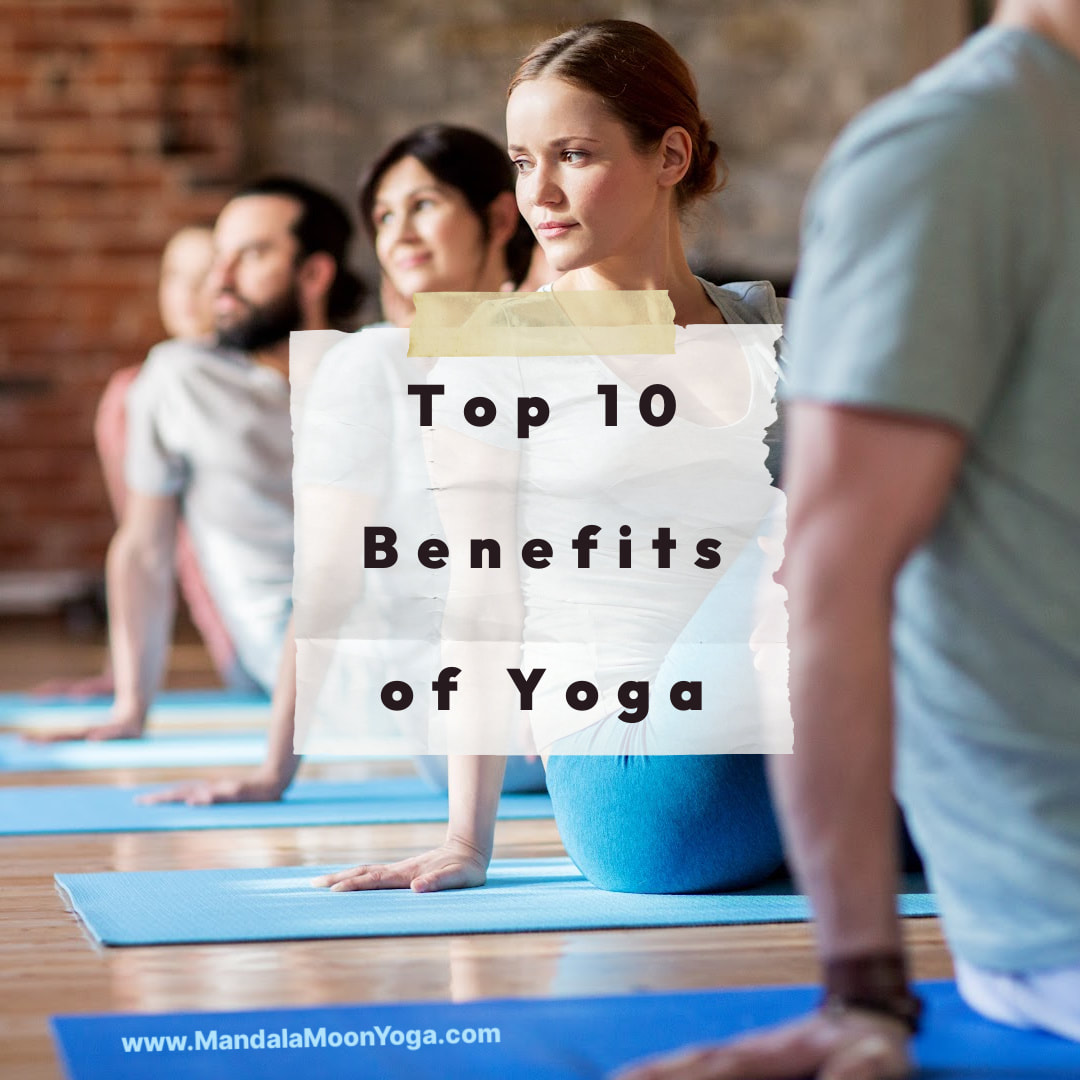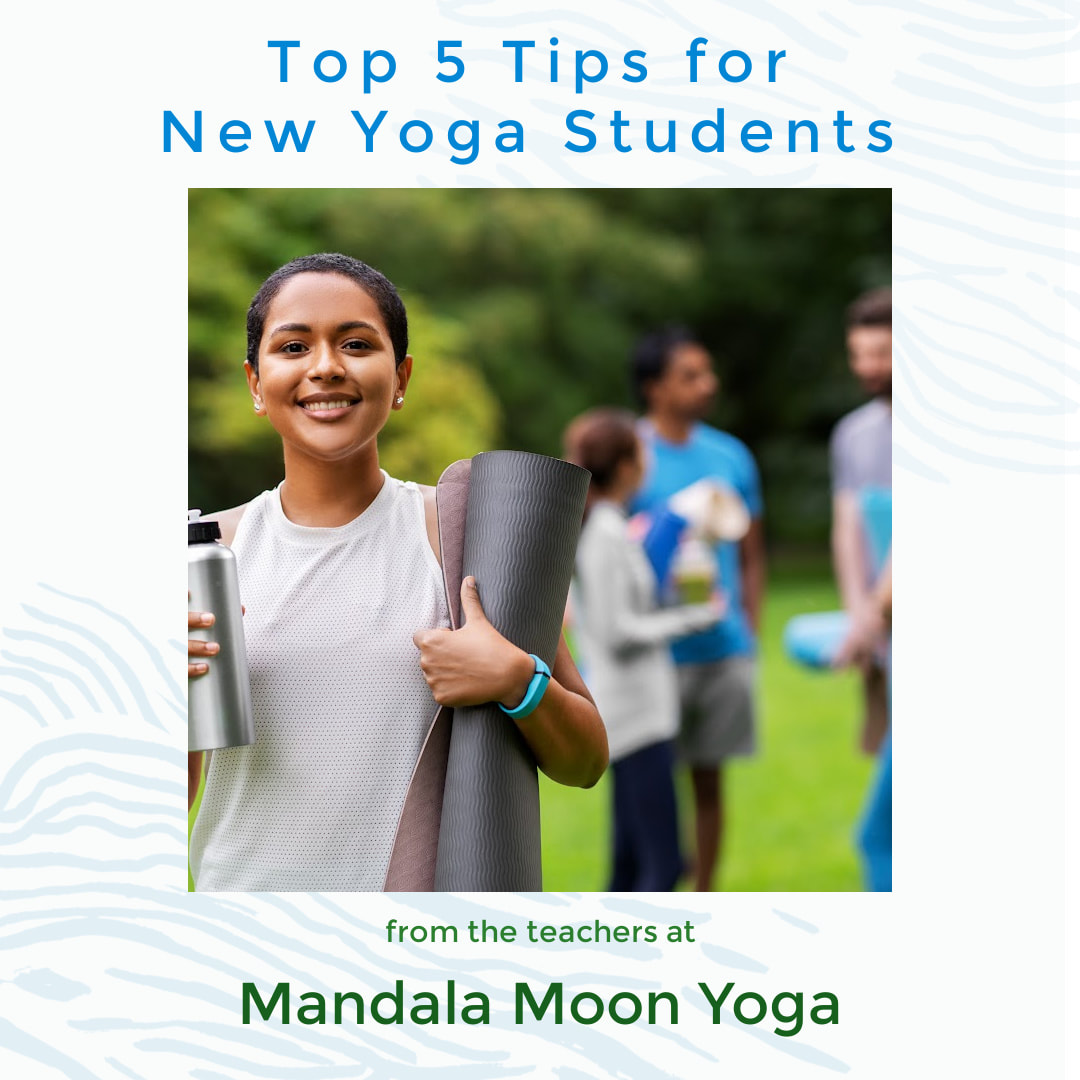- Don’t eat just before class. You’ll be uncomfortable with all the twisting and bending! If you absolutely must eat within 2 hours of yoga (I see you hypoglycemic folks), try something light, like fruit or yogurt.
- Practice regularly, and track your progress. Focus on the positive changes. For example, maybe you start child’s pose with two fists under your head. A month later, your hands are flat and still supporting your head. Later still, Your arms are extended out in front of you. All progress is progress. Pay attention, and celebrate those baby steps.
- Set an intention to stay awake during relaxation. Intentions can be powerful. You are planting little seeds in your mind. If, at the beginning of relaxation, you say to yourself, “I am awake and alert,” it may be enough to prevent an accidental nap.
- Don’t cheap out on your yoga mat. Some mats are slippery and too stretchy, and they won’t serve you. Watch out for Pilates mats, too. The thicker cushioning seems like a good idea at first, but when you need to balance, you may be regretting that choice.
- Use the props! There is absolutely no shame in modifying postures or using props to support your body. That’s what they are there for! Experiment and play with all the available props over time. Look for future posts with prop ideas and inspiration!
|
0 Comments
 I love having beginners in class. I try to always get a moment to chat with them afterwards to ask how it was for them. Almost always, they look at me with wide eyes and a content expression. "I had no idea I could feel this relaxed." Or "I didn't realize how much tension I was holding until I released it." Those sometimes hard-to-express feelings are what keep most of us coming back for more. And realizing how content I could feel is what prompted me to become a teacher. I wanted to feel this way ALL THE TIME! Scientific research is confirming those emotional, mental, and physical benefits of yoga. In fact, more and more health care providers are now recommending yoga to patients as a first line of defense. Listed here, in no particular order, are the top ten benefits, in my opinion. STRESS RELIEF: The various practices of yoga (stretching, breathing, meditation, relaxation) reduce the physical effects of stress on the body by encouraging the relaxation response and lowering the levels of the stress hormone, cortisol. Related benefits include lowering blood pressure and heart rate, improving digestion and boosting the immune system, as well as easing symptoms of conditions such as anxiety, depression, fatigue, asthma and insomnia. PAIN RELIEF: Yoga can ease our physical aches and pains. Studies have demonstrated that practicing Yoga postures, meditation, or a combination of the two, reduced pain for people with conditions such as cancer, multiple sclerosis, auto-immune diseases and hypertension as well as arthritis, back and neck pain and other chronic conditions. BETTER BREATHING: Pranayama, the breathing practices of yoga, teach us to take slower, deeper breaths. This helps to improve lung function and elicits the body’s relaxation response. FLEXIBILITY: The physical practice of yoga improves flexibility and mobility, increasing range of movement and reducing aches and pains. INCREASED STRENGTH: Yoga postures use every muscle in the body, helping to increase strength from head to toe. WEIGHT MANAGEMENT: All forms of yoga can aid weight control efforts by reducing our stress, and therefore, our cortisol levels. Yoga also encourages healthy eating habits and provides a heightened sense of awareness, well being, and self-esteem. IMPROVED CIRCULATION: When we restrict blood flow while holding yoga poses, the release of the poses helps to move oxygenated blood to the body’s cells. CARDIOVASCULAR CONDITIONING: Even a gentle yoga practice can provide cardiovascular benefits. Yoga lowers resting heart rate, increases endurance, and improves our oxygen uptake. BETTER BODY ALIGNMENT: Yoga helps to improve body awareness and alignment, resulting in better posture and relief of back, neck, joint and muscle pain and stiffness. FOCUS ON THE PRESENT: Yoga teaches us to focus on the present moment and become more self-aware. This can lead to improved coordination, reaction time and memory. This is not a comprehensive list. Do you have something to add? A benefit that your practice has provided that is not on this list? Please add it in the comments! |
Dena D. BerattaHonored to teach, but always a student. Archives
May 2024
Categories
All
|


 RSS Feed
RSS Feed